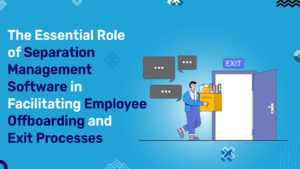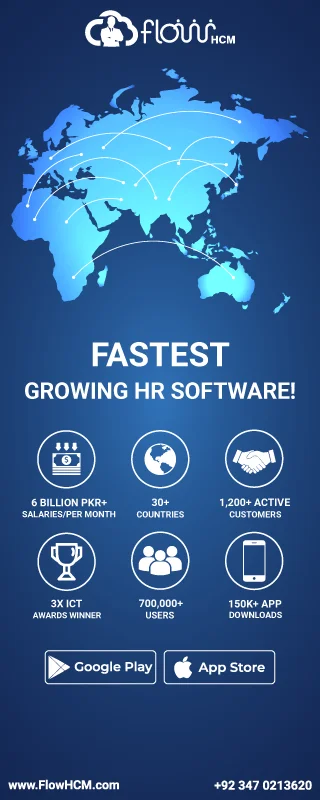Businesses lose billions each year due to payroll errors. These mistakes can create significant financial strain. Payroll management includes tasks like processing salaries, tracking attendance, and ensuring tax compliance. Managing all these manually can be complex, inefficient and time-consuming. To avoid such challenges organizations should invest in payroll management software that can help in streamlining payroll processes more efficiently, accurately, and compliant. By implementing the right HR software strategies, organizations can streamline their payroll operations and enhance overall HR management.
In this blog, we will explore 5 ways HR software can streamline payroll management.
1. Automates Salary Calculations & Deductions
One of the primary benefits of HR software is its capacity to automate salary calculations and deductions. This automation not only removes the necessity for manual computations but also significantly alleviates the potential for human errors that could result in financial inaccuracies. Key features of automated salary calculations include the removal of manual computations, where the software handles regular wages, overtime, bonuses, and benefits, thus eliminating the possibility of human error. Additionally, the software ensures compliance with current tax regulations by automatically applying the correct tax deductions during each payroll cycle. Furthermore, by providing accurate salary computations, HR software facilitates timely payroll processing, which is essential for maintaining employee satisfaction.
2. Ensures Compliance with Labor Laws & Tax Regulations
Navigating labor laws and tax obligations can be a significant challenge for businesses, particularly those operating across various regions. This is where HR software proves to be invaluable in ensuring compliance. Modern HR software keeps up with changes in tax laws and labor regulations, automatically adjusting the payroll system to reflect these updates. It also streamlines compliance reporting, making it easier for HR teams to prepare essential tax filings accurately and on time. By promoting adherence to labor laws and tax requirements, HR software minimizes the risk of facing penalties or legal issues, allowing businesses to concentrate on growth and productivity without the constant concern of compliance.
3. Reduces Payroll Processing Time
Traditional payroll processing can be quite time-consuming and resource-intensive, particularly when done manually. Human Resources software addresses this challenge by speeding up payroll execution through automated workflows, making the process quicker and more efficient. Moreover, by automating routine payroll tasks, HR teams can free themselves from administrative burdens, allowing them to focus on strategic initiatives instead of getting bogged down by repetitive tasks. Additionally, adopting a more efficient payroll processing system guarantees that employees receive their payments on time, reducing delays and fostering a greater sense of trust within the organization.
4. Streamlines Employee Separation Management
Handling employee offboarding can be complex, but HR software simplifies the process by automating exit formalities, final settlements, and documentation. A well-structured system ensures compliance, minimizes errors, and provides a seamless transition for both employees and HR teams. By maintaining digital records and automating clearance workflows, it reduces manual workload and enhances overall efficiency.
5. Empowers Employees with Self-Service Portals
Today’s employees expect better access to their personal information, and self-service portals provided by HR software can significantly improve their experience. With these portals, employees can check their pay slips, tax documents, and payroll details at their convenience, fostering transparency and allowing them to manage their data effectively. This feature results in a notable decrease in inquiries directed to the HR department, allowing HR professionals to concentrate on more strategic tasks. Additionally, by making essential information easily accessible, HR software builds trust and satisfaction among employees regarding payroll processes.
Conclusion
Integrating HR software for payroll management can greatly enhance efficiency, compliance, and data security. By automating complex payroll tasks, meeting regulatory standards, speeding up processing times, protecting sensitive data, and offering employees self-service options, organizations can transform their payroll operations. As we move further into the digital age, adopting an HR software solution like FlowHCM could be key to achieving a more streamlined and effective payroll system, ultimately boosting your organization’s performance. Embracing this technology might just give your business the competitive advantage it needs to thrive.













